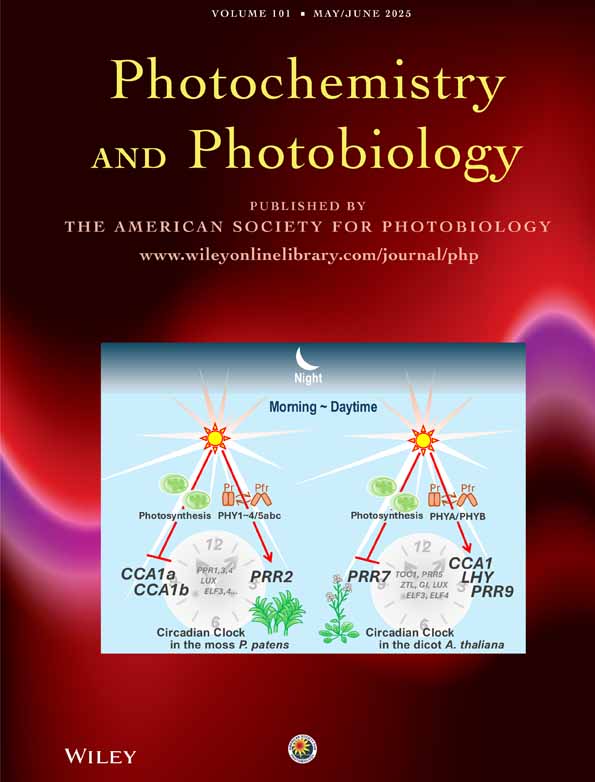PHOTOINHIBITION OF PHOTOSYNTHESIS IN NATURAL WATERS*
*Supported by the United States Environmental Protection Agency, Stratospheric Impact Research and Assessment Program, Grant No. R806489010 (RCS and K.SB) and the National Science Foundation Grant No. NSF DPP-76-22134 and the Department of Energy Contract No. DE-AMO3-76-SF00010 (OHH and RO).
Abstract
Abstract— A quantitative analysis of the wavelength-dependent influence of solar irradiance on natural phytoplankton photosynthesis has been made. The effect on productivity due to several different UV radiation regimes has been measured. In the course of this analysis, it has been shown that the biological weighting function for photoinhibition of chloroplasts (Jones and Kok, 1966) allows the calculation of a biologically effective dose which is consistent with the measured photoinhibition in natural phytoplankton populations. The ecological implications of a change in available UV radiation, possibly due to anthropogenic altering of the ozone layer, are explored and it is found that the present static bottle l4C technique of measuring in situ phytoplankton productivity does not lend itself to assessing accurately the potential ecological consequences of possible increased MUV (middle ultraviolet radiation in the 280–340 nm region) on phytoplankton populations. A small change in MUV has a relatively minor effect on photoinhibition dose rates whereas it has a large potential effect on DNA dose rates.




